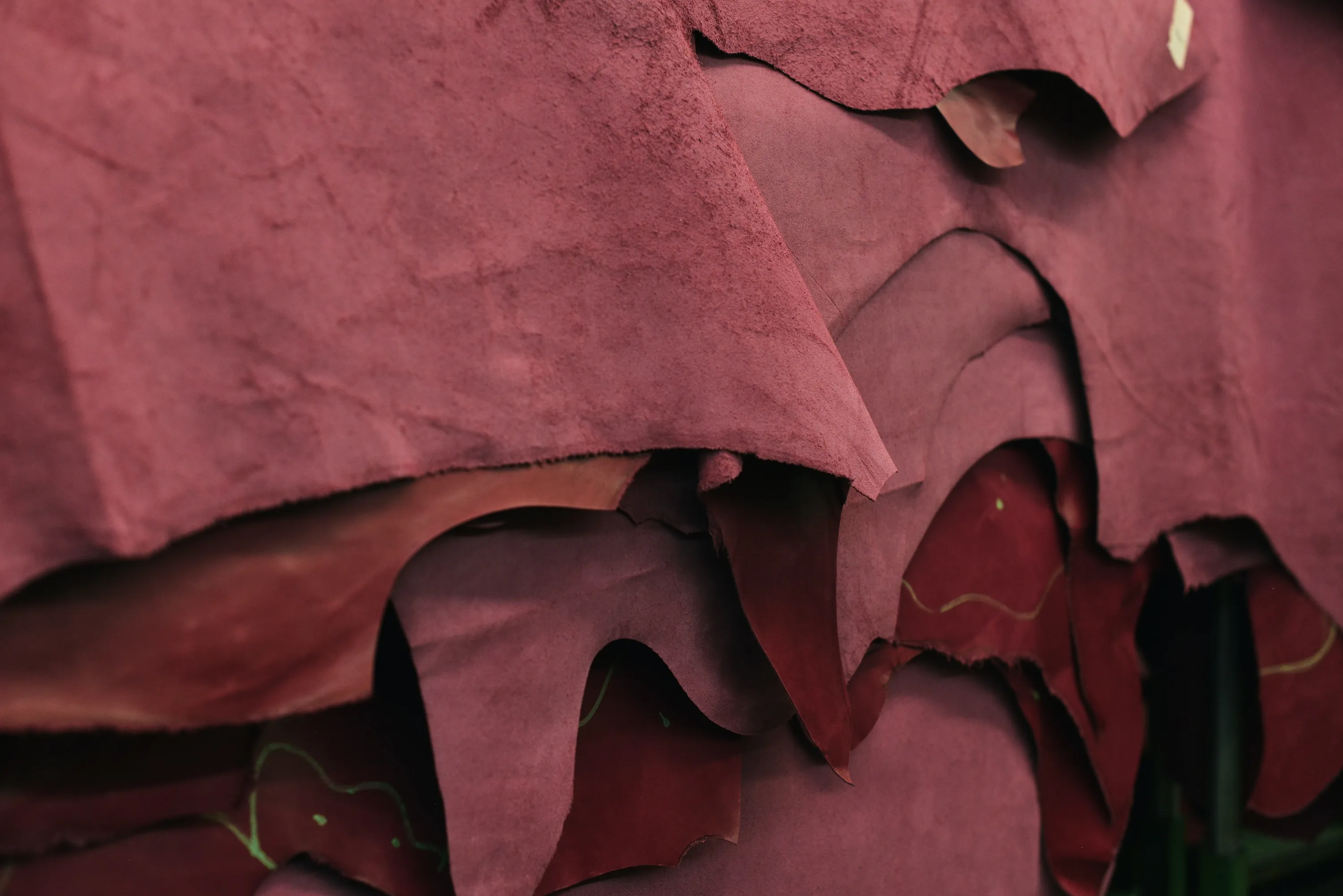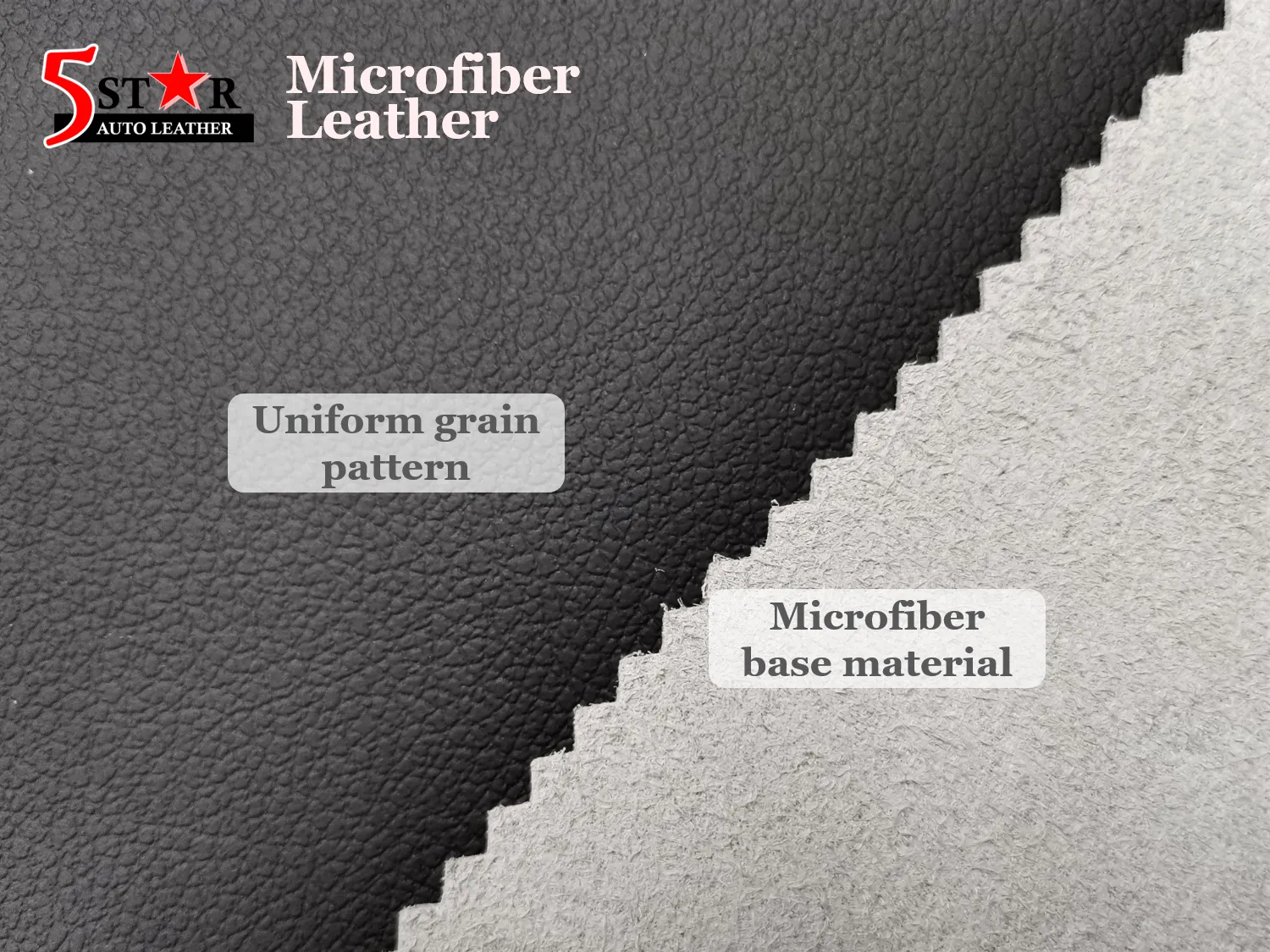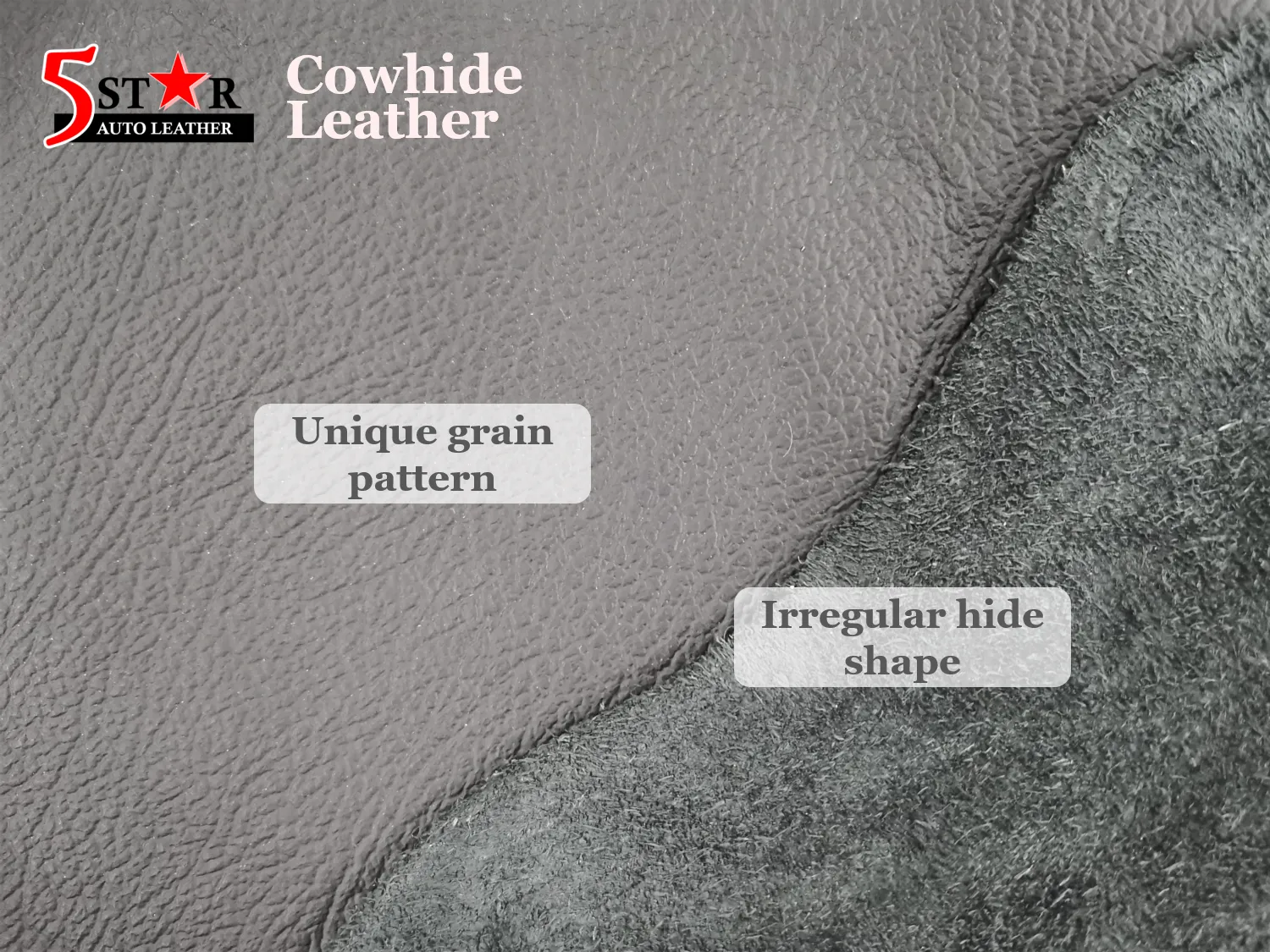3 Types of Car Leather and How to Identify Them
1 July 2020

Let’s face it – the world of leather is complicated, and plain folks like us are definitely not specialists who can name its every molecular component. But we definitely know enough to help you avoid being led by the nose by any car salesperson. Let us share handy facts about the main types of automotive leather available on the Singapore market and how to identify them yourself 😊
1. PVC
As you have probably read from our article A Guide to Car Leather Upholstery in Singapore, PVC is the most affordable option on the market. This material is made out of a fabric base topped with a layer of Polyvinyl Chloride (thus the name PVC) which is a synthetic plastic polymer. PVC is usually requested for pick-up trucks, vans and rental cars which have to endure heavy duty use.
| Look & Feel |
|
| Maintenance |
|
| Durability |
Contrary to popular belief, PVC can be pretty hardy! Quality PVC can endure a lot of abuse such as scratches and abrasions At Five Star, we import high quality PVC with a thickness of 1.1mm (thickness usually ranges from 0.8 to 1.2mm) |
| Affordability | $ |

How to Identify PVC?
The fabric backing (see picture above) is the first telltale sign. The second identifying factor is the feel – if you rub your fingers across the surface, the plastic rubbery feeling of PVC is distinctive.
2. Microfiber Leather
Microfiber leather is a synthetic alternative built to resemble the touch and feel of cowhide leather. This material has a base of ultra-fine bundles of microfibers coated with high performance polyurethane resins. With the latest advances in technology, there’s very little to distinguish it from its cowhide counterpart.
Microfiber leather’s greatest advantage is that you don’t have to compromise on a refined car interior, while at the same time it is cost effective and you can proudly say “No animals were harmed in the making of this car interior!” 🐄
| Look & Feel |
|
| Maintenance |
|
| Durability | Quality microfiber leather can last for years – the fineness of microfibers creates not only flexibility, but also durability. Furthermore, high performance synthetic coatings nowadays can engineer superior properties such abrasion resistance, improved air permeability or even anti-UV ray! |
| Affordability | $$ |
Note that automotive microfiber leather shouldn’t be confused with ordinary polyurethane (PU) leather typically used for furniture making. Ordinary PU leather has a fabric base like PVC, and the quality of PU resin used is generally of a lower quality.

How to Identify Microfiber Leather?
By touch, you should find it hard to distinguish microfiber leather from cowhide leather. By sight, there are two obvious signs due to the fact that it is a man-made material – (1) the grain is consistent throughout, and (2) the actual leather stock is stored in rolls like fabric and measured in meters.
Special Tip: How to Identify QUALITY Microfiber Leather?
Fold the leather like you’re folding paper. For quality microfiber leather, the crease should disappear fast and is not noticeable after recovering.
3. Cowhide Leather
Cowhide leather car interiors are increasingly uncommon these days. While we do not discount the advantages of cowhide, the prevalence of cost effective high-quality alternatives and the trend that people are getting more environmentally conscious have made even the luxury car manufacturers rethink their strategies – just check out Artico leather used by Mercedes and Nuluxe by Lexus.
| Look & Feel |
|
| Maintenance |
|
| Durability |
Quality cowhide leather can last for a very long time, but it can be hard to identify the quality or grade of it without proper research or experience in the field. While synthetic material will eventually start to crack or peel, quality cowhide will develop a patina from aging instead. |
| Affordability | $$$ |

Ultimately, each type of material has its pros and cons. We recommend dropping by a couple of car leather upholstery workshops to feel their leather samples in person. Take time to consider your needs and budget before deciding on an important purchase which you will have to live with for years.
